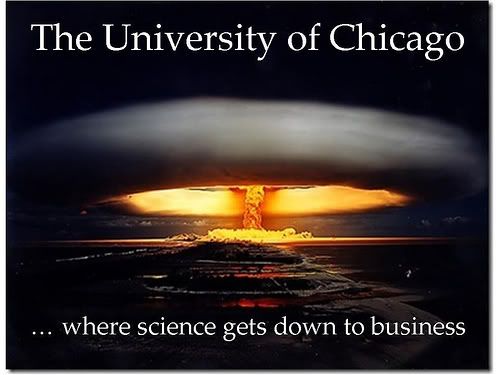Amazing that I have missed this: But this has probably again happened as a result of the closed-minded censorship of the cranks in charge of our modern physics church. I could only quickly scan what this guy has written and it seems to dovetail with what I have written in my forthcoming book. The fact is that quantum physics went wrong when the Copenhagen group ignored the significance of inertia and the definition of mass. Inertia and mass, which is what an electron MUST have, demand that the there can be no uncertainty in the position and momentum of the centre-of-mass of an electron. By assuming that uncertainties can manifest, Heisenberg threw gravity out of the window. Now the quantum-field theorists are VERY surprised that they cannot reconcile QM and gravity. In fact, once you throw out the concepts of "uncertainty", "probability-amplitudes" and "complementarity", Einstein's gravity jumps out into your face from Schroedinger's equation.
2) Back to the current topic. Referring to the incomplete Newton's cradle analogy... is it possible to come up with a brief, visual, layman's explanation using only analogies with classical, macroscopic concepts (ball bearings, flexible membranes or whatever)? That is, start with kindergarten and work your way towards college, instead of vice versa. People can then jump off the pedagogical wagon when they feel they've reached their limit, yet still retain some concept of what your theory is about. I'd say at least 4-5 levels, the first one understandable by janitors, Congress critters*, news reporters, etc. Assume no knowledge of quantum physics, phases, etc. until higher levels are reached. This is a popularization-hence-funding strategy used quite often in the public realm for all sorts of research.
To do it totally in terms of a classical analogy is difficult since the ability of a matter-wave to borrow energy for a time interval and then lose it again is completely a quantum-mechanical effect. It is like an Angel giving the matter-wave an amount of energy to use within a limited time interval and then taking this energy back.
Consider now the following analogy: A Chinese Checkers board, all the dents filled with marbles, and little Angels flying above the board which can give a marble energy to lift out of its dent and move to the position of the next marble. It then has to give this energy back. The little Angels can then give energy to the next marble so that it vacates its dent and allows the arriving marble to replace it. Every time the energy expended by the movement of the marble comes from the Angels and is given back to them. This is analogous to "vacuum energy" but DOES NOT in any manner relate to the "vacuum energy" which supposedly exists according to quantum field theory. The energy is in fact part of the energy of the matter wave which cannot manifest permanently, only sporadically, within our three-dimensional space.
Now to generate a current "through" the array of marbles you start off to inject marbles from outside into the array. Consider a single injected marble: There is, however, not a dent available to put the marble into. But a little Angel obligingly gives enough energy to the nearest marble at the point of injection of the external marble, so that it vacates its dent and allows the external marble to replace it. The replaced marble now has energy to move to the next site, where the Angel now gives energy to the resident marble at this sight to allow the arriving marble to fill the dent. The Angel then gives energy to the new replaced marble to move to the next site etc.
In this manner a marble reaches the other side without any energy increase or decrease in the total "phase" constituted by the array marbles. What is important to notice is that the superconducting "phase" keeps its total energy while the Angels juggle the extra marbles which would have required an increase in the "phase's" energy if they became an integral part of the phase; This would disrupt the "phase" The array of marbles thus remains a "phase" which is separate from the moving marbles. That is why it cannot lose energy. If the superconducting "phase" has to accomadate the injected charge-carriers as part of the "phase" its energy will have to increase and energy dissipation will then become possible. I hope this is of help?
